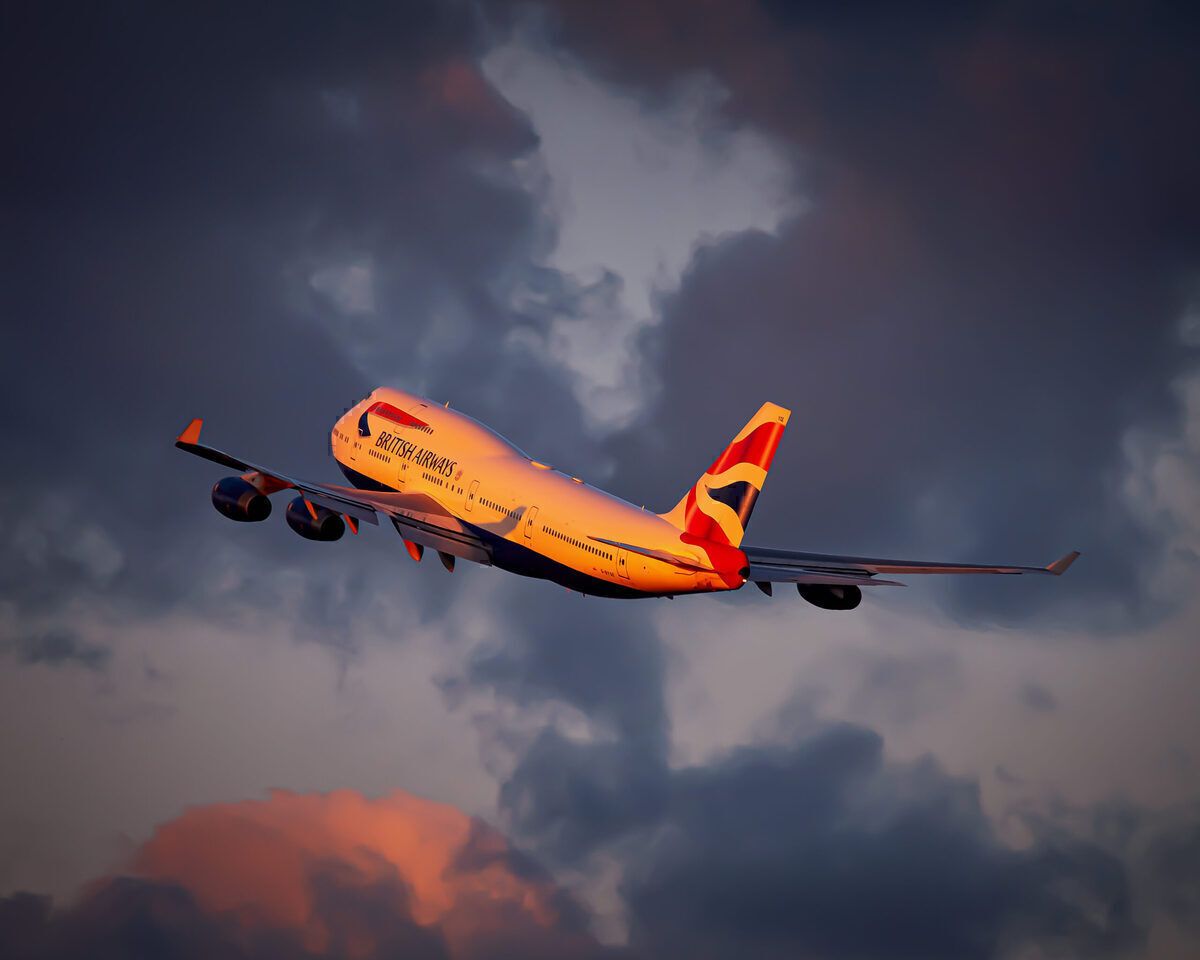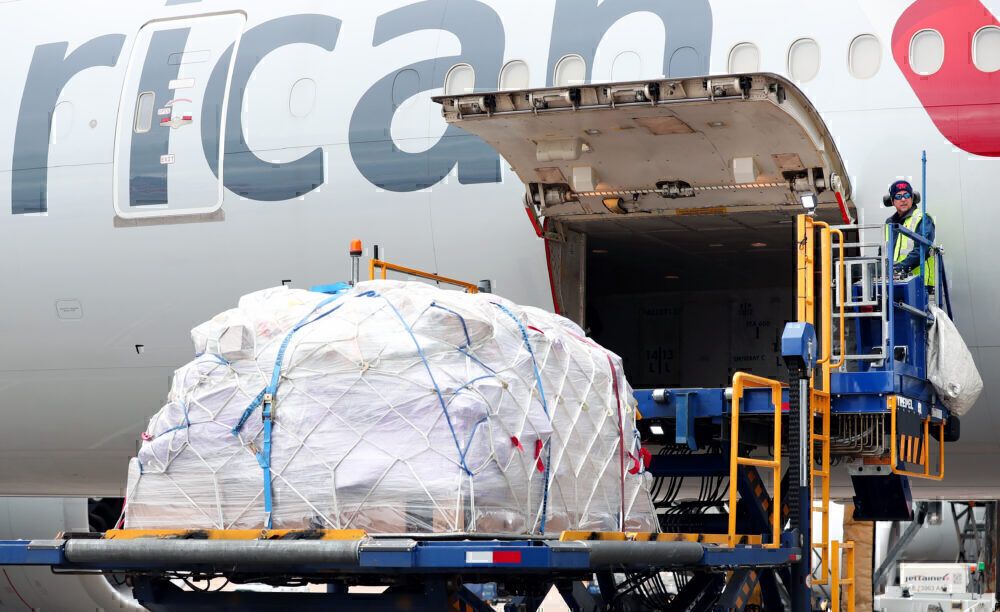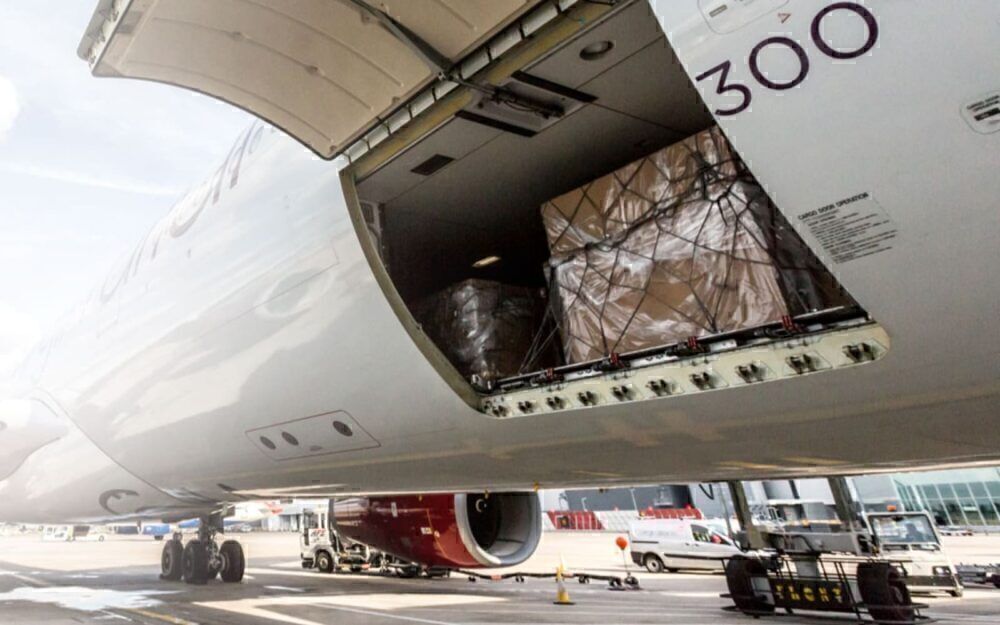The world’s most lucrative route, London Heathrow to New York JFK, was the bread and butter of some of the world’s biggest airlines. In 2019, it was shown to be worth more than a billion dollars to leading airline British Airways. What’s happened to this important connection during these times of COVID?
The billion-dollar route
In August 2019, OAG published its analysis of the most profitable airline routes in the world. Top of the list was the lucrative JFK-LHR airport pair, worth more than a billion dollars to leading airline British Airways. In fact, in financial year 2017/18, the routes had earned it $1.27 billion, and the next year it turned in a similar $1.16 billion.
But in 2020, everything changed. As COVID saw the doors of the world slam shut to international travelers, airlines trimmed services to match the reduced demand. International travel was the worst affected, with Europeans banned from entering the US on March 11th last year.
On March 14th, the UK and Ireland were added to the travel ban, making it impossible for anyone without a specific set of reasons to make the trip across the pond. So how did COVID impact the world’s most lucrative route?
Stay informed: Sign up for our daily and weekly aviation news digests.
A 88% decline in less than a fortnight
According to data from RadarBox.com, the impact on the LHR to JFK route has been stark. Having been averaging between 20 and 25 flights a day across the winter season of 2019 and into 2020, March 15th saw the very last time flights would reach this level. As the travel ban kicked in, capacity was rapidly pulled from the route.
By March 31st, it had bottomed out to just three flights a day. That’s an 88% drop in less than two weeks. It’s likely that very few of these flights had passengers onboard, with just cargo airlines keeping the usually busy connection alive.
[iframe src=" https://www.radarbox.com/dev/simpleflying/graphs/SF_LHR_JFK" width="100%" height="500" scrolling="no" frameborder="0" marginheight="0" marginwidth="0"]
By the end of May, things began to pick up slightly. While nowhere near previous levels, activity had risen to some seven or eight flights per day. British Airways, Virgin Atlantic, Delta and American Airlines all maintained some presence on the route, but mainly flying cargo in the belly holds of their aircraft.
Hope of a late summer recovery in aviation saw capacity ramp up again in September. At its peak, 12 flights a day were operating between the two airports. But, by December, outbreaks of new variants and new national lockdowns in the UK had begun to take their toll, driving traffic down again to five or six flights a day.
Now, we’ve reached a middle ground between the trough 12 months ago and the late summer peak. Most days see eight or nine flights departing Heathrow for JFK. The only passenger operators remain Virgin and their partner Delta, competing for the sparse passenger traffic with British Airways and its partner American Airlines.
With no firm date for the lifting of the US ban on passenger arrivals from Europe, the UK and Ireland, the world’s most profitable route is likely to stay depressed for some time to come.



